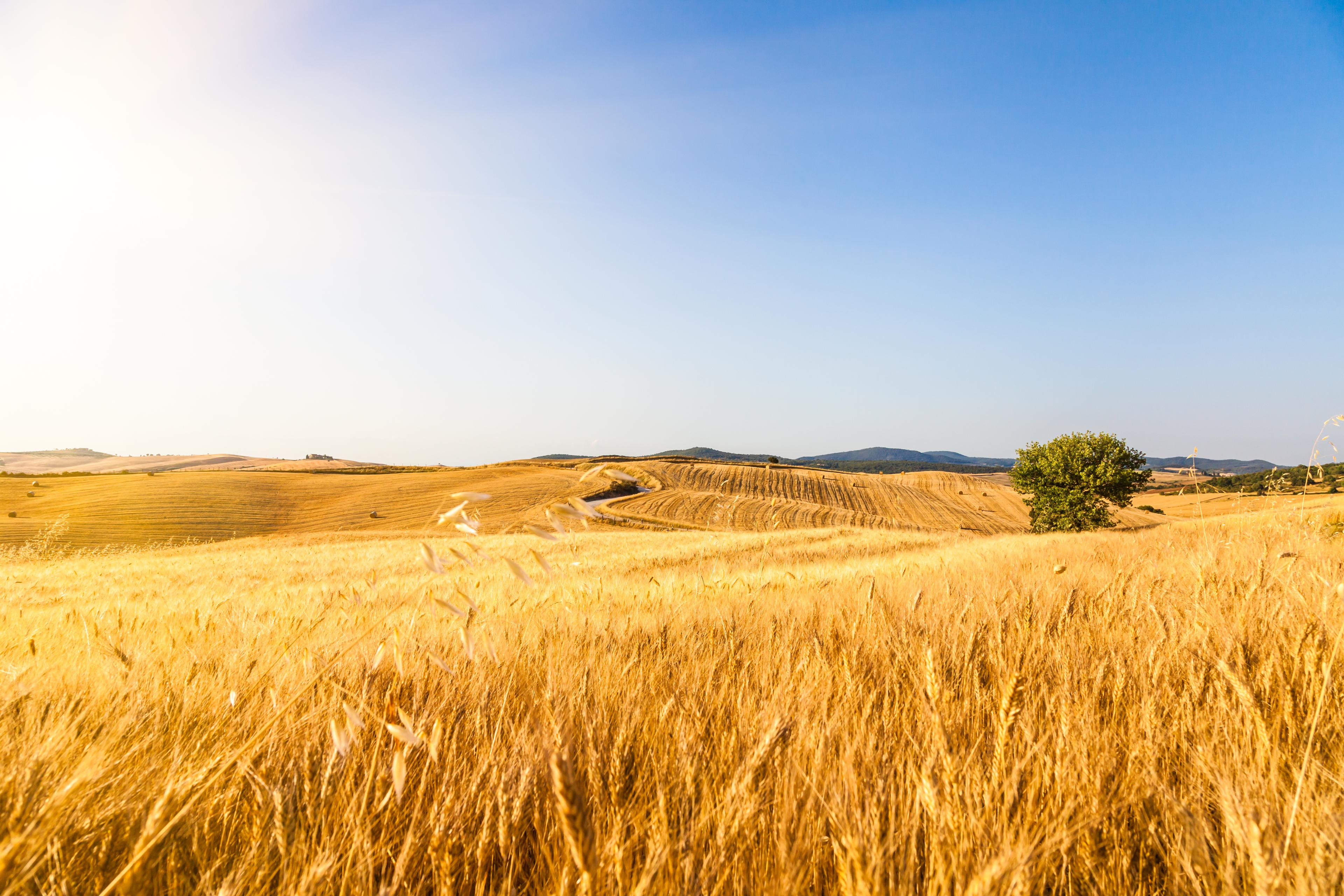No major industry has as much at stake in how humanity responds to climate change as agriculture. “It is both a source of greenhouse gas emissions and a sink for greenhouse gas emissions,” Doug Morrow, Director and Research Analyst, ESG Strategy, for BMO Capital Markets, told the 17th annual BMO Global Farm to Market Conference in New York.
In other words, the agriculture sector has a lot of work to do to reduce its carbon intensity, but it also has a lot to lose if the global energy transition fails. “The lesson I want to pass on is that climate change represents a genuine risk to agriculture and food production going forward, and by extension to food companies and farmers,” he said during his presentation, Exploring the Physical and Transition Risks Facing Food and Agriculture.
Mitigating Rising Emissions
Agriculture, forestry, and other land uses account for just under a quarter of all greenhouse gas emissions, according to Intergovernmental Panel on Climate Change (IPCC) statistics. While about 25% of those emissions can be attributed to food production, deforestation for the creation of farmland, livestock raising, fertilizers, emissions from farm equipment and food waste are also significant sources of carbon dioxide emissions.
Fortunately, sustainable farming techniques, such as cover crops, low/no-till cultivation and diverse crop rotations, can mitigate farming-related emissions, Morrow said, and policies to protect forests and behavioural modifications to change people’s diets also hold potential.
The sector, however, has been slower than other sectors to adopt the kind of innovations it needs to mitigate climate change.
“The challenge within these solutions is that they need to be balanced against many other priorities, including the livelihood of farmers and farm communities [as well as] food security,” Morrow explained. That’s why “we haven’t really seen the type of breakthroughs and widespread adoption we’ve seen in other sectors,” such as in the explosive growth of solar and wind power, electric vehicles, and green buildings, he said.
That could change, with more capital being directed into agricultural technology, including the recently launched 300-million-euro private equity fund dedicated to regenerative agriculture by Unilever, French insurer AXA and alternative asset manager Tikehau Capital.
Climate change represents a “two-way street” for farmers, though. “The physical impacts of climate could have a significant negative impact on agriculture and food production in the future,” Morrow said. Another IPCC report indicated that “the buildup of CO2 in the atmosphere is already negatively affecting food systems, animal health and food availability,” he continued. The impact may be manageable if emissions stick to the 1.5-degree global average temperature increase outlined in the Paris Agreement, but “we are not close at all” to achieving that goal, he noted.
“Based on policies that have been implemented as of today, we are heading for an estimated 2.7 degrees of warming by the end of the century,” he noted. Even if countries enact more significant emissions controls, there’s a substantial gap between where the world is going and where it needs to be by 2050. “What this means is that we are likely headed towards a future that is going to be much warmer than any of us are historically used to,” he concluded.
Increased Reporting
One measure that could have a major impact on public companies in agri-food is a U.S. Securities Exchange Commission proposal requiring issuers to disclose various climate-related metrics and risks. For example, companies would have to report their Scope 1 (direct) and Scope 2 (indirect, for example from the electricity supplied by their local utility) emissions, verified by a third party, in addition to Scope 3 emissions arising from other indirect impacts of business activity, such as customers’ use of their products or services and suppliers’ emissions.
The proposal will have significant costs, the SEC allows, but investors will for a change have easily accessible and comparable information “on an issue that is arguably only going to become more important over time,” Morrow said. For this reason, it’s important that companies get a head start on climate-related reporting and involve management at the highest levels.
“The main message here is that food and ag is a contributor to climate change, but it’s also significantly exposed to the risks that climate change is triggering,” Morrow said. “I also believe investor interest in sustainable agriculture is going to become much more important over time.”
